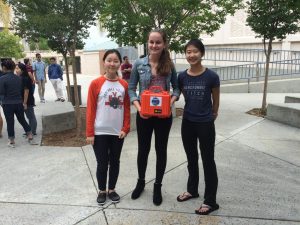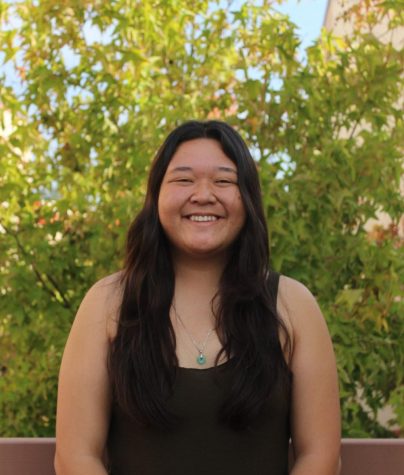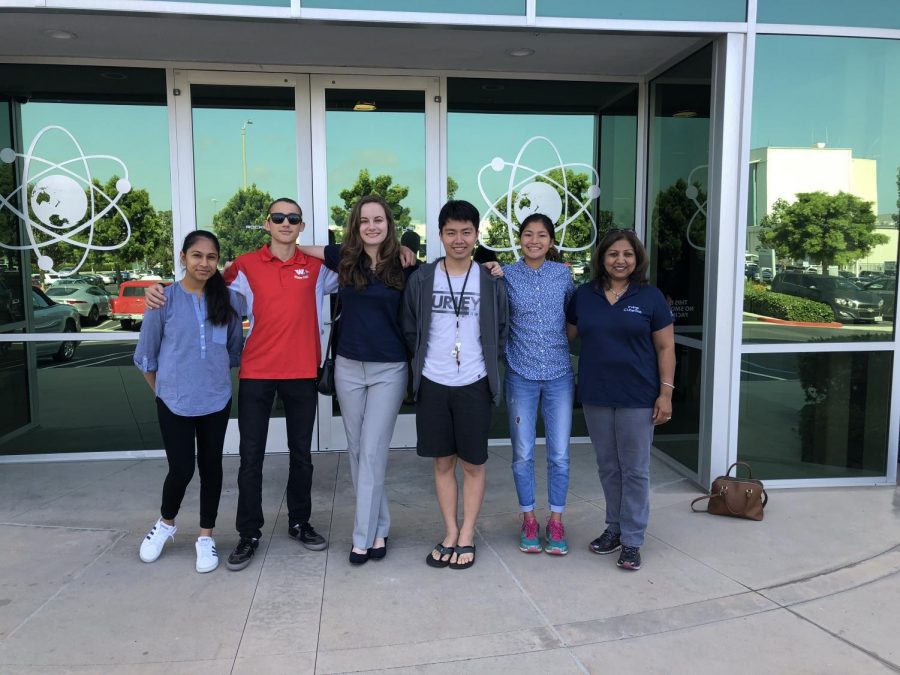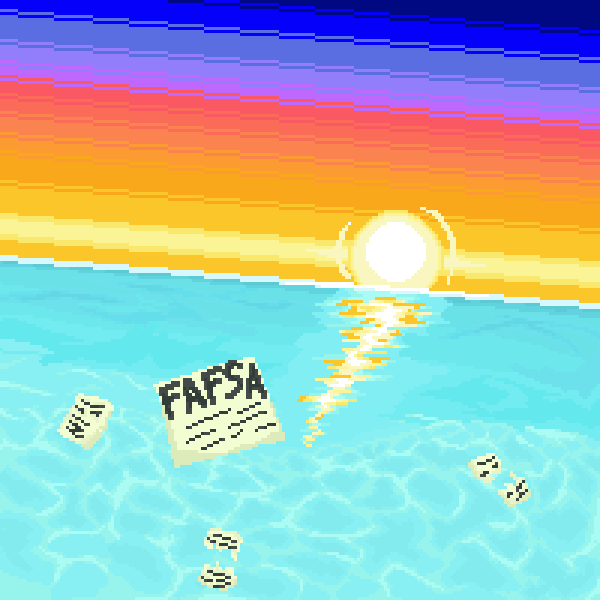CubeSat Launching their Way to Great Heights
Photo Courtesy of Morgan Kopecky
CubeSat students pose as they work on tracking the satellite.
On Nov. 10, CubeSat launched Irvine01, a satellite built entirely by a team of Irvine Unified District (IUSD) students. After years of planning, the team launched the satellite and began to track its movements from various stations around the world.
In the spring of 2016, CubeSat members presented Irvine01, a satellite intended to educate students on the complexities of aerospace engineering, to National Aeronautics and Space Administration (NASA) scientists. NASA approved the idea and verified a safe launch after construction. The team built and tested Irvine01 from winter of 2015 to spring of 2017.

CubeSat students hold up the finalized satellite, preparing to send it for launching.
RocketLab, a private rocket company based in New Zealand, arranged to launch CubeSat’s satellite. Irvine01 will be taking pictures of Venus. Woodbridge High CubeSat team located and tracked the satellite once it was in orbit.
With the help of their Hertz-Armstrong-Marconi (HAM) radio mentor Stephen Skwarlo, who worked with the team for over a year, they located resources to help track the satellite once in orbit. Skwarlo got in contact with Scott Tilley, a radio expert who previously located “Image,” a lost and damaged NASA satellite. Tilley volunteered to reach out to his connections at Satellite Networked Open Ground Station (SatNOGS), which is a group of 50 radio receiving ground stations around the world that have the ability to hear the satellite and track Irvine01.
The satellite was officially launched from Mahia, New Zealand at 7:53 p.m. and was released into space at 8:54 p.m. The team deployed the radio antennas at 9:25 p.m.
“When we saw the rocket launch and we heard the first signals from it, we knew all our hard work had paid off,” senior and CubeSat team leader Morgan Kopecky said.
At 3:35 a.m., Tilley and SatNOGs heard the first signal from Irvine01, confirming that the satellite remained functional in space and that the antennas were transmitting their beacon. Nearly an hour and a half later at 4:54 a.m., a station based in Germany reported hearing Irvine01 again after receiving morse code signals.
“There have definitely been moments where we had some doubts, but seeing it launch and knowing it’s up there and that it’s working is so cool,” CubeSat adviser Jennifer Blackie said.
Collectively, the experience brought together some of the most scientifically inclined students in the Irvine district, preparing them for future endeavors within the STEM field.
“You’re looking at the rocket scientists of the future,” Skwarlo said.
Your donation will support the student journalists of Woodbridge High School. Your contribution will allow us to purchase equipment and cover our annual website hosting costs.

Hi Warriors! I’ve been apart of the Golden Arrow for two years now and I’m so excited to be one of your Features Editors this year! I am also the Vice...









